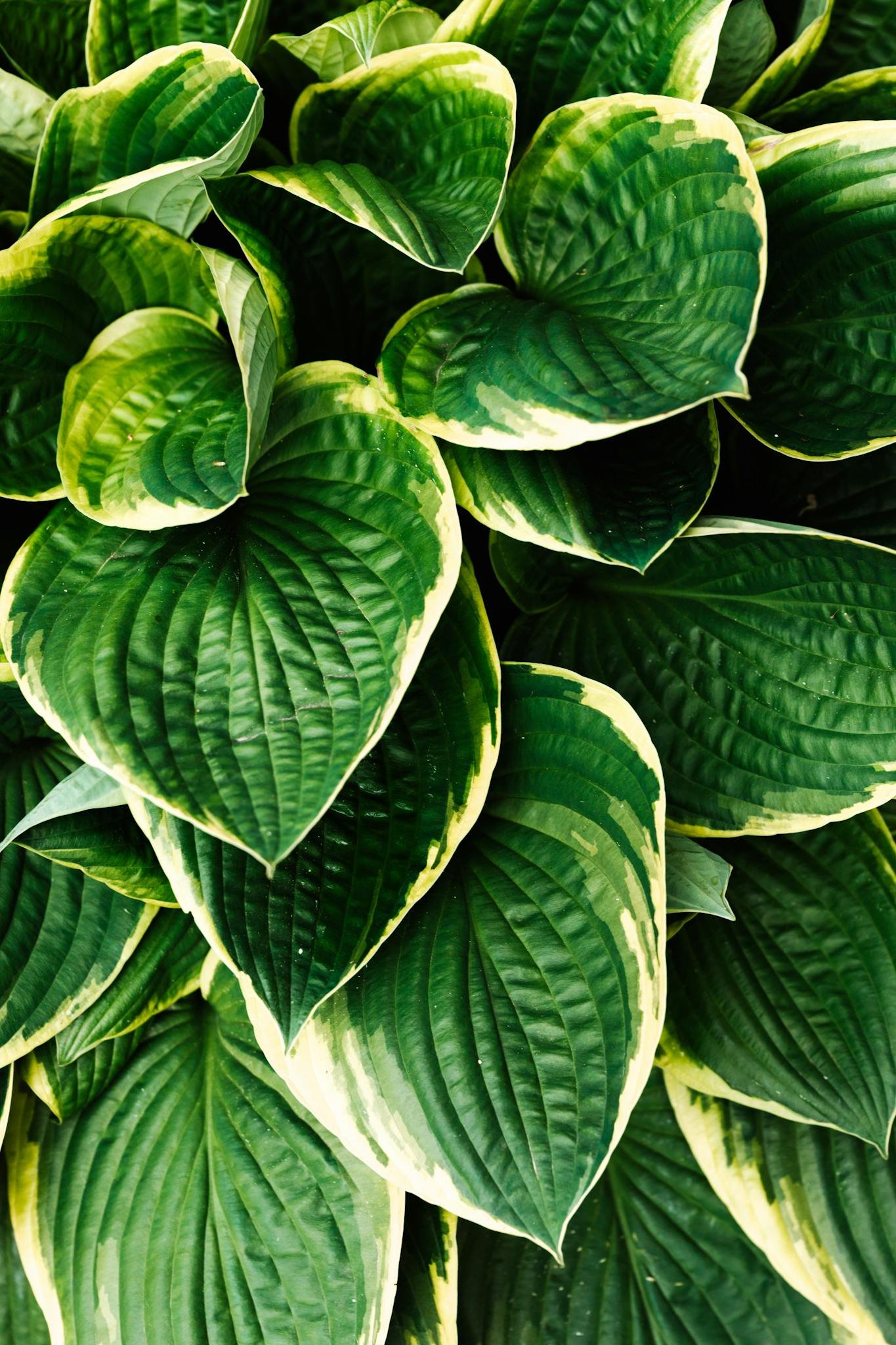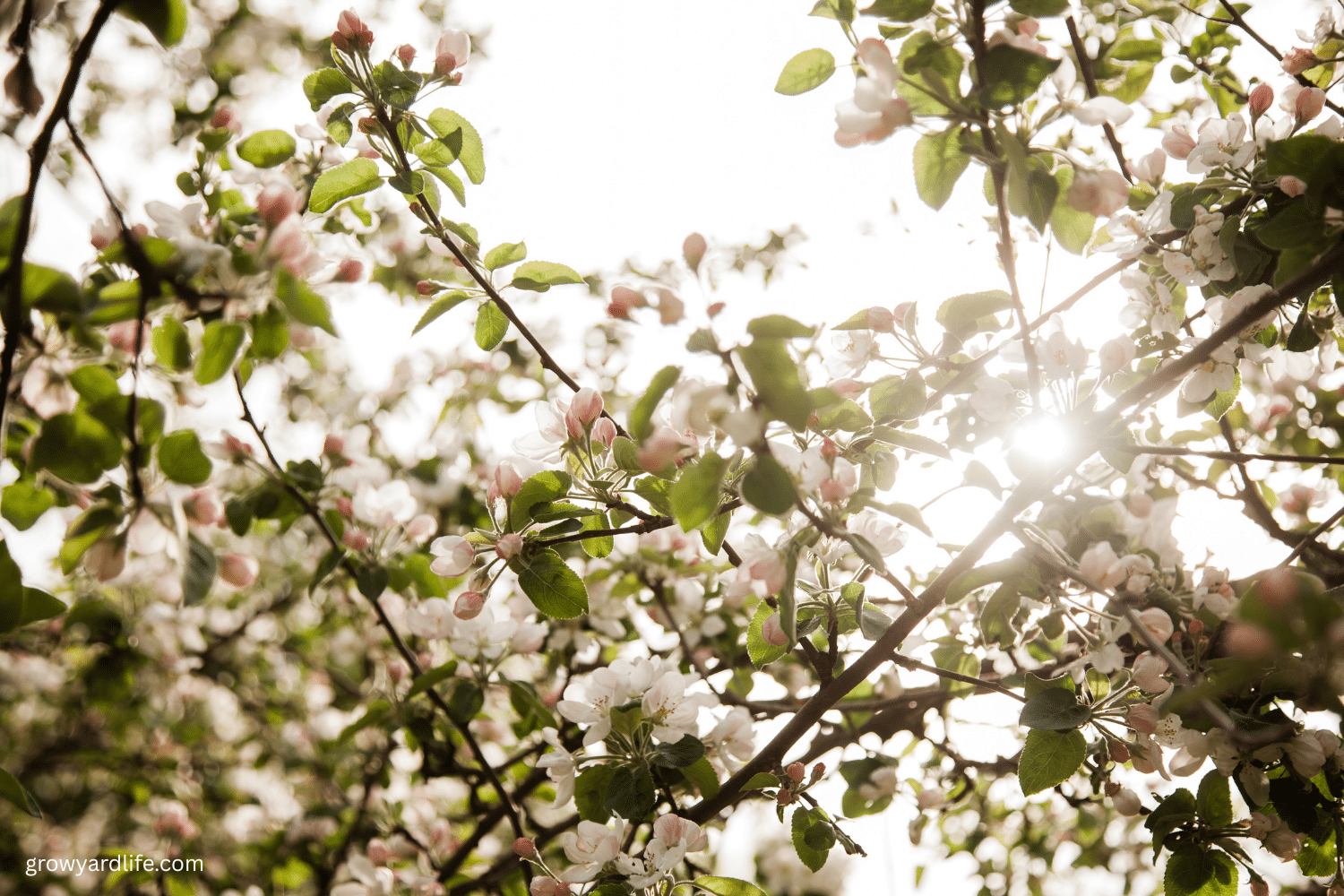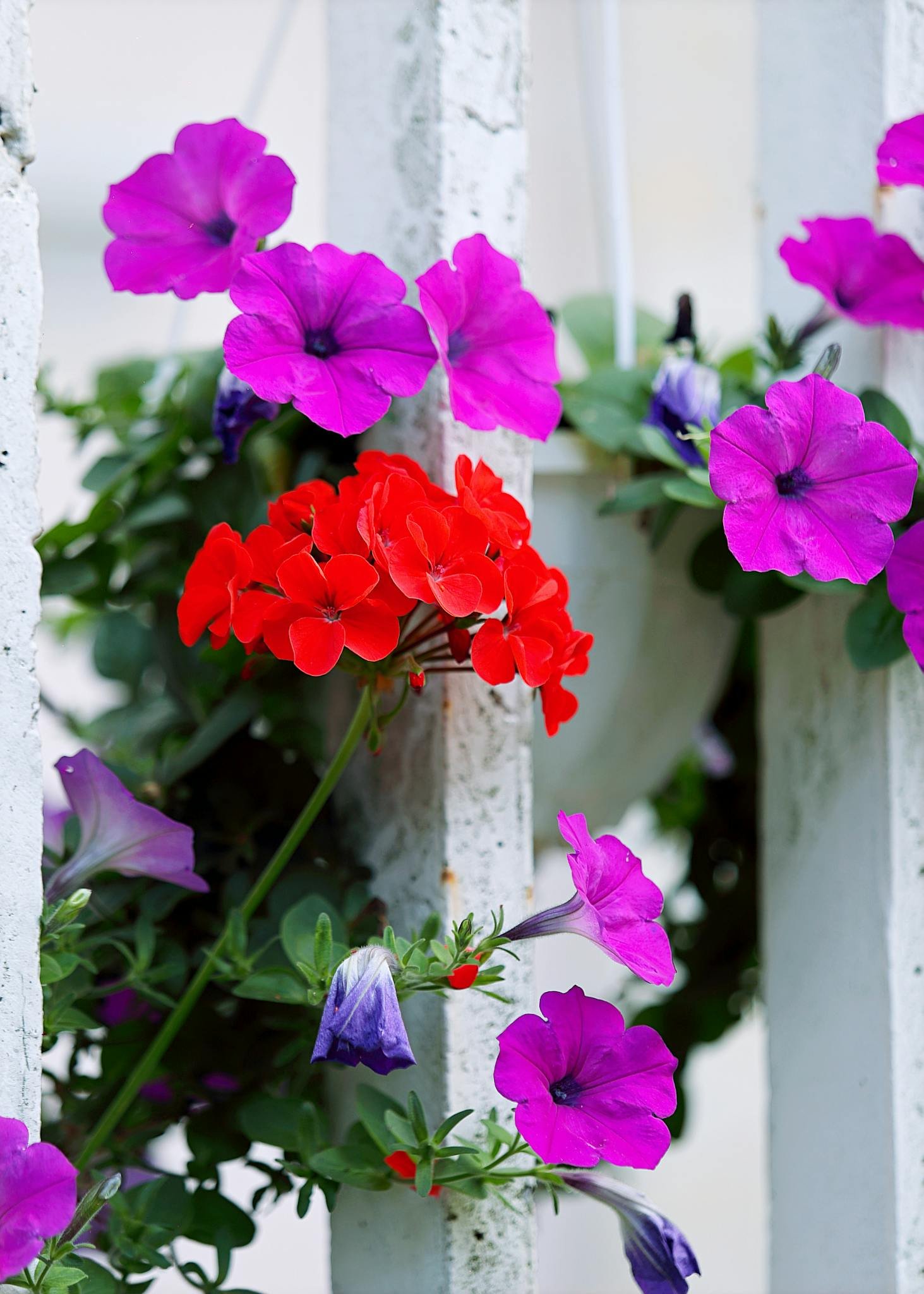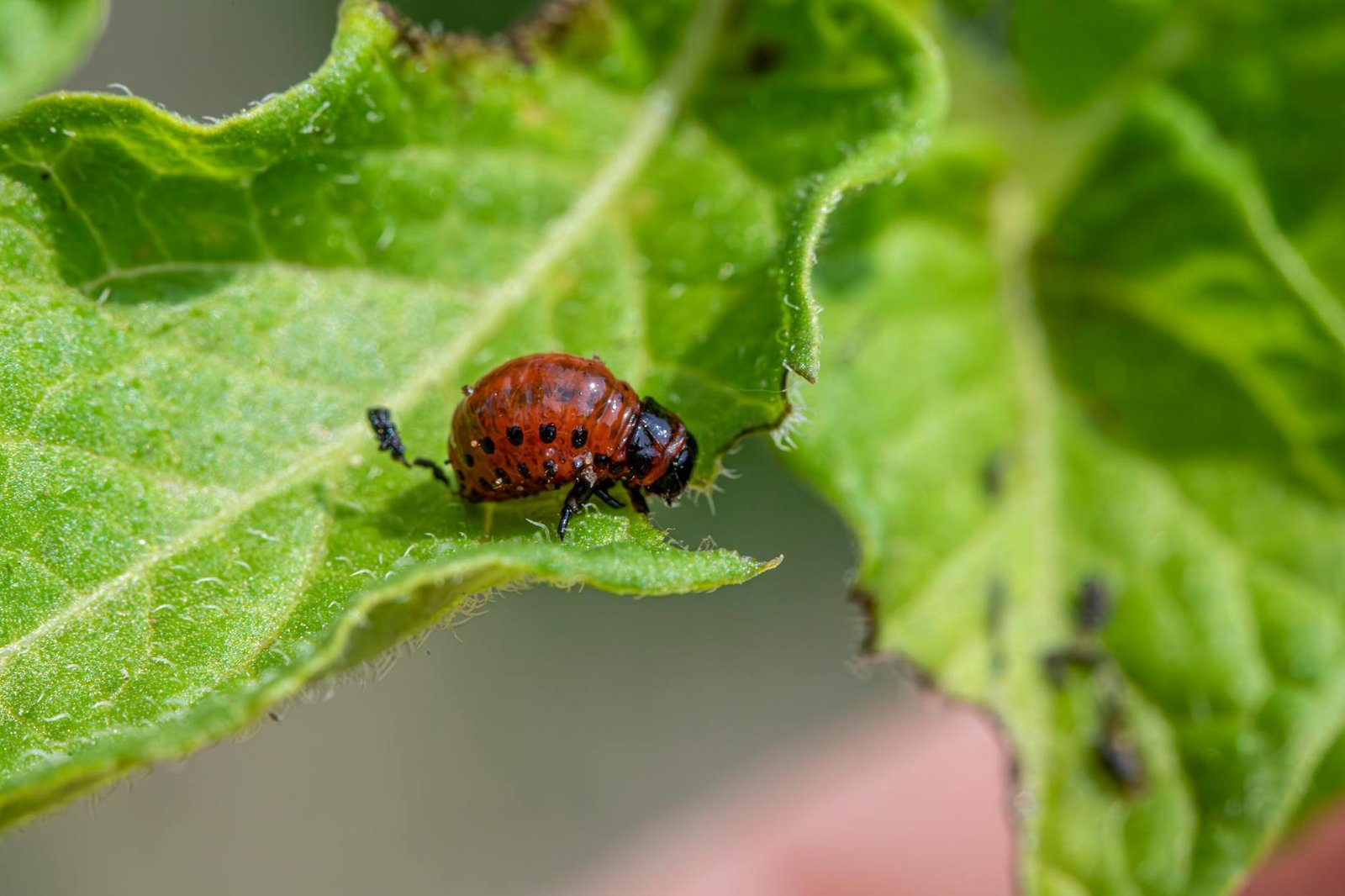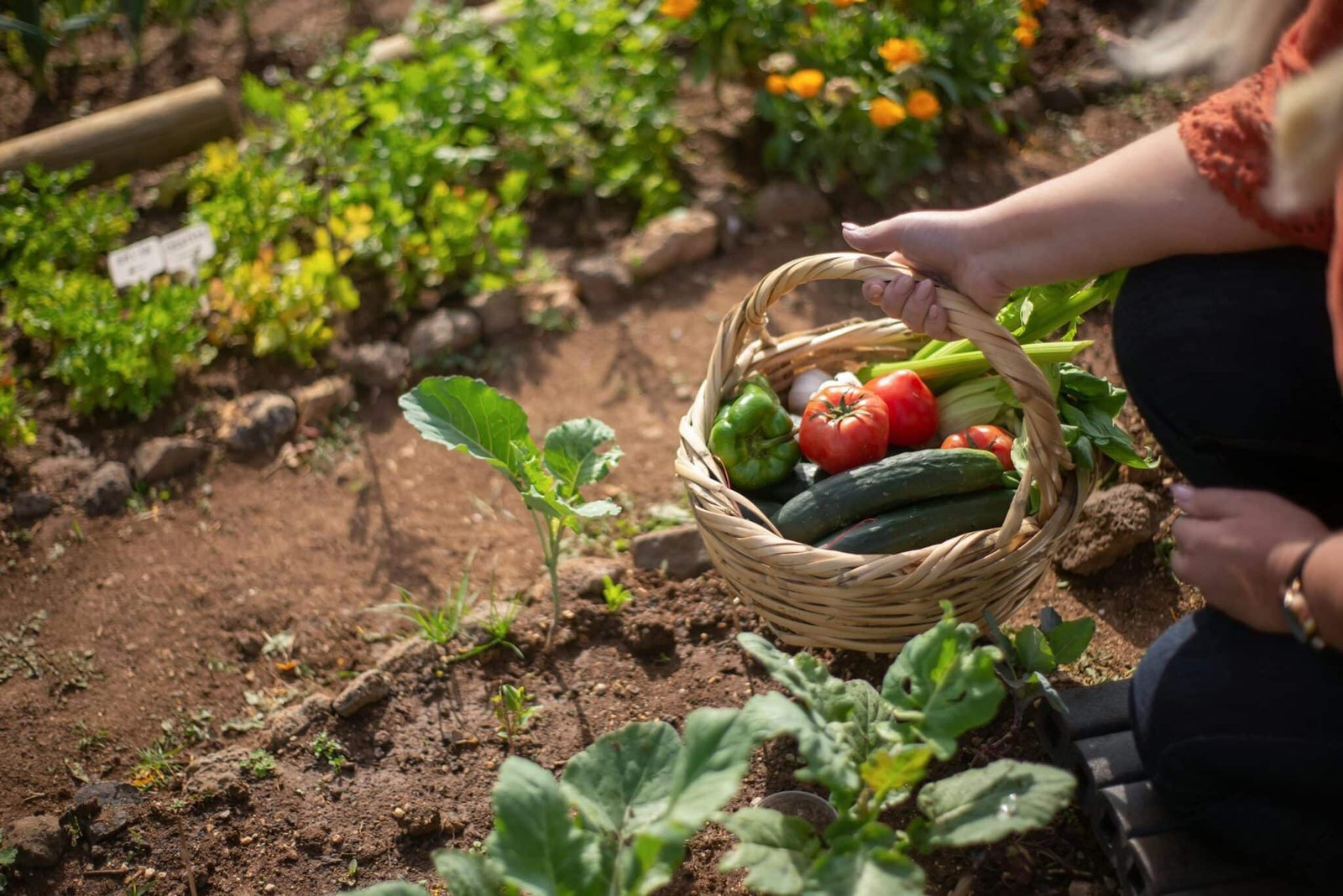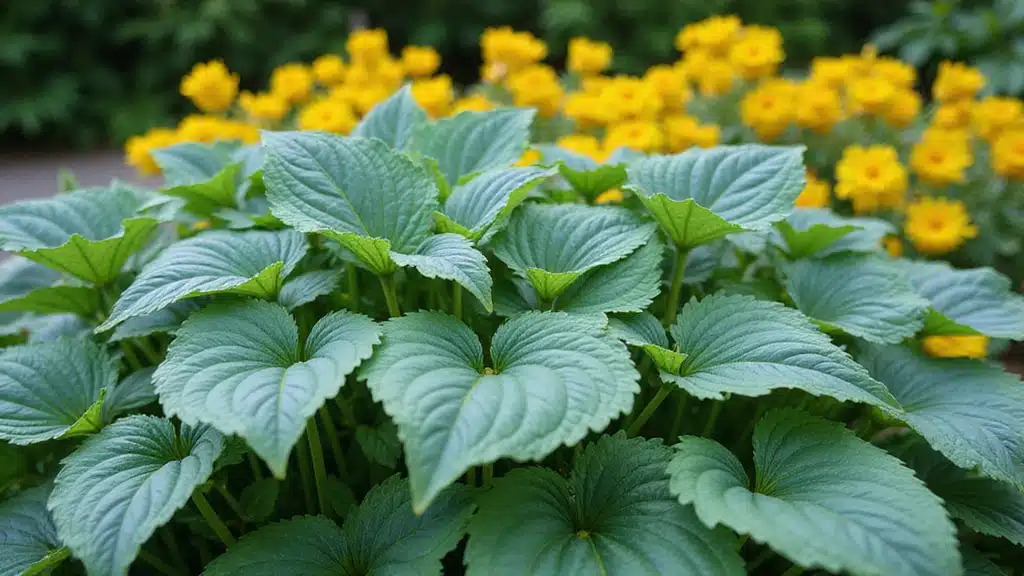
Hostas are a garden favorite, known for their lush foliage and vibrant colors. But keeping them healthy and thriving requires a bit of TLC and protection from various threats. This guide explores essential tips for hosta maintenance that will aid in their healthy growth and seasonal care. From understanding their needs to proactive prevention methods, you’ll discover how to give your hostas the best chance to flourish.
Whether it’s battling the elements or warding off pesky pests, every gardener can benefit from these straightforward yet effective strategies. Dive into these essential tips and ensure your hostas continue to be the star of your garden!
1. Choose the Right Location
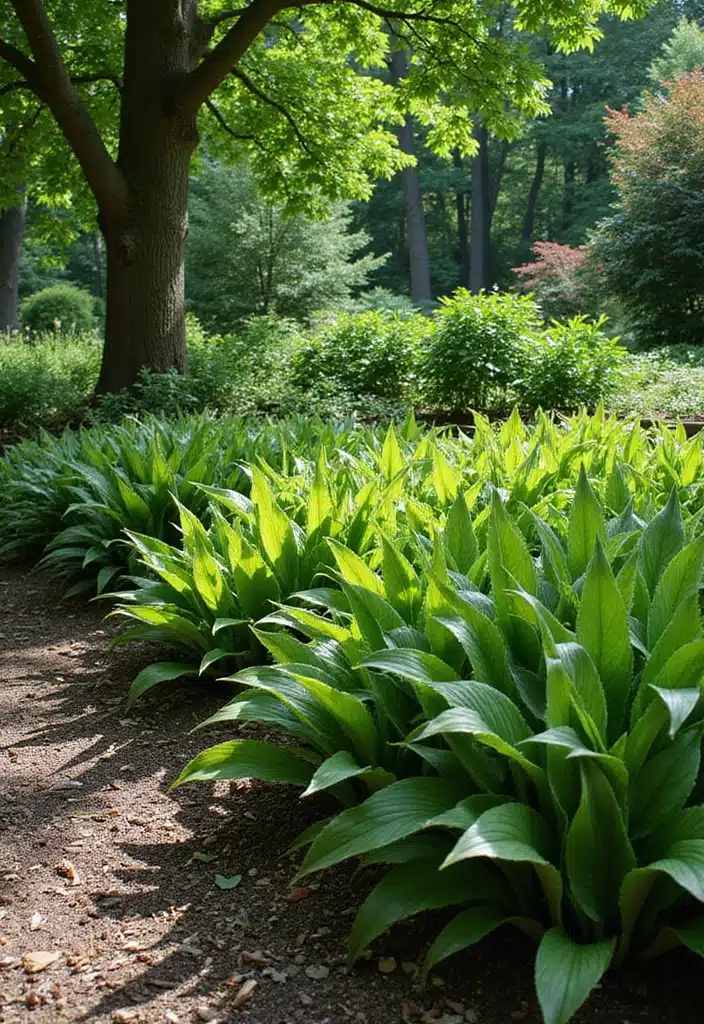
Location is key when it comes to hosta maintenance. These plants thrive in partial to full shade, making them perfect for those tricky spots where other plants might struggle. Before planting, assess how much sunlight your garden receives throughout the day. Hostas need at least three to four hours of filtered sunlight but can wilt in harsh, direct sun. To help manage sunlight exposure, consider using a garden shade cloth. This can effectively diffuse the harsh sun, providing a more suitable environment for your hostas.
To create the best environment, consider the soil as well. Well-draining, rich soil helps hostas grow robust. Adding organic matter, such as organic compost, can enhance the nutrient levels in the soil, ensuring your plants have the resources they need to thrive. Additionally, it’s wise to test the soil quality with a soil test kit, which allows you to accurately measure soil pH and nutrient levels, helping you adjust them accordingly.
Be mindful of nearby trees or structures that might cast significant shadows, as hostas can become leggy if they don’t get enough light. When choosing the right spot for your hostas, also think about companion plants that can share the same environment without overshadowing them.
Finding the right spot can make a world of difference for your plants!
2. Water Wisely
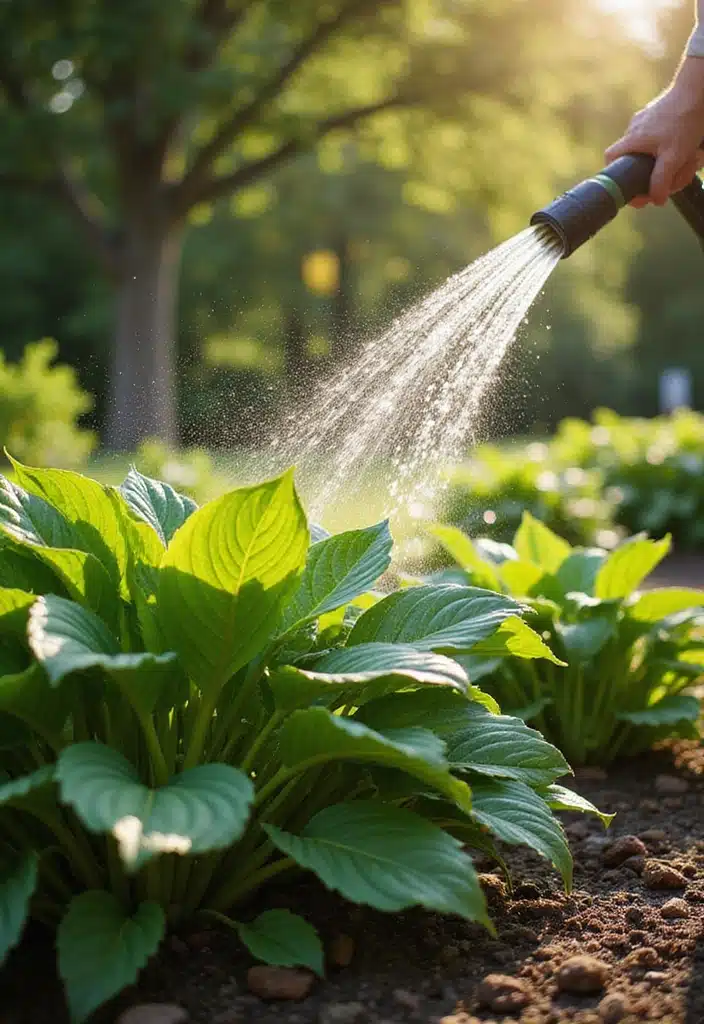
Watering is another fundamental aspect of hosta care. These plants prefer consistently moist soil, but overwatering can lead to root rot. It’s crucial to find the right balance. Deep watering once or twice a week is typically sufficient, especially during dry spells.
Always check the soil moisture first. If the top inch feels dry, it’s time to water. Using a soaker hose can help deliver water directly to the roots without wetting the leaves, which is better for avoiding disease. This flexible garden watering hose is perfect for flower beds and landscaping irrigation, ensuring your hostas receive the moisture they need without the risk of excess moisture on the foliage.
Early mornings are the best time to water, as it allows any excess moisture to evaporate during the day, reducing the risk of fungal issues. Additionally, consider utilizing a drip irrigation kit for more efficient watering. This kit not only helps in precise watering but also allows for repair and expansion of your system, ensuring your hostas receive consistent moisture without the hassle.
To further maintain proper soil moisture, think about applying mulch for gardening around the base of your plants. This all-natural mulch conserves water and regulates soil temperature, creating an optimal environment for your hostas.
Watering tips:
– Adjust your watering schedule based on rainfall and temperature.
– Use a soaker hose or drip irrigation to deliver water directly to the roots.
– Avoid watering the foliage to reduce the chance of mildew.
With mindful watering and these handy products, your hostas will thrive and flourish beautifully!
3. Mulch for Moisture and Protection
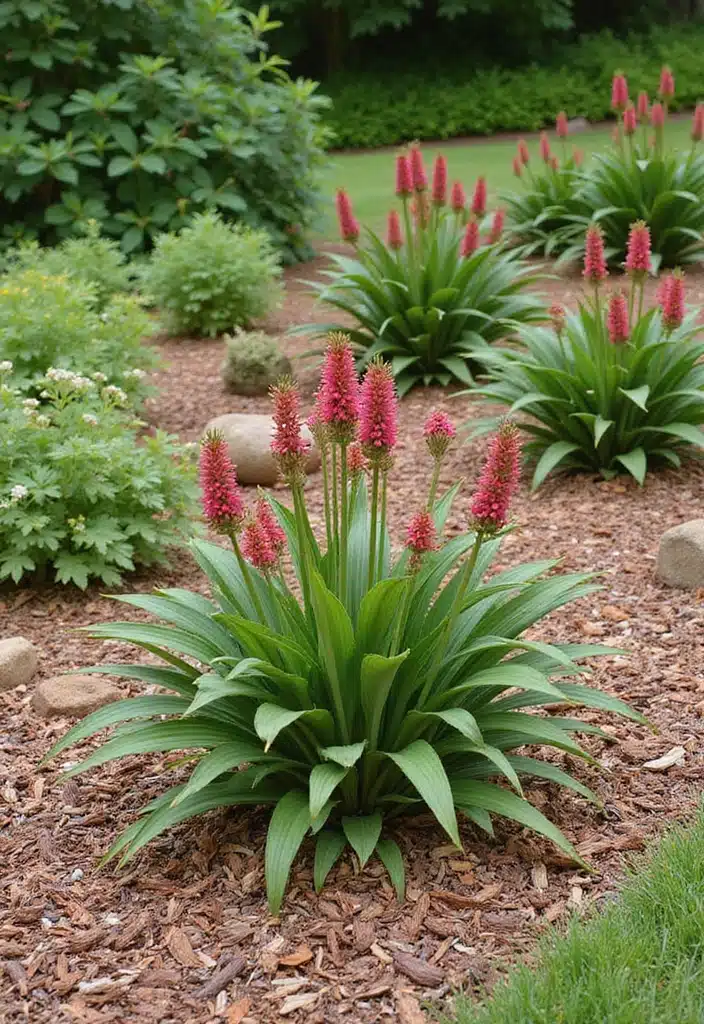
Mulching is a fantastic way to promote healthy growth in hostas while offering added protection against weeds and temperature fluctuations. A layer of organic mulch—like shredded bark or wood chips—helps to retain soil moisture, which is incredibly valuable during hot summer months. For quality organic mulch, consider using Back to the Roots 25.7qt (1 Cubic ft) Organic Premium Mulch. This option is not only effective in moisture retention but also enriches the soil as it decomposes.
Additionally, mulch acts as a barrier against weeds that compete for nutrients and water. Applying a layer of mulch can keep your garden neat and reduce the need for weeding. To enhance the process, you might want to use a VEVOR Compost Spreader or a similar garden mulching tool. This tool makes it easier to apply an even layer of mulch around your hostas, ensuring they get the protection and moisture they need.
Aim for a 2-3 inch layer of mulch around the base of your hostas, keeping it a few inches away from the plant stems to prevent rot. Here’s how to apply mulch effectively:
– Choose a mulch type that complements your garden aesthetic.
– Apply mulch in early spring to prepare for the growing season.
– Refresh the mulch annually to maintain its effectiveness.
Investing a little time in mulching can pay off with bountiful, thriving hostas!
4. Fertilize for Robust Growth
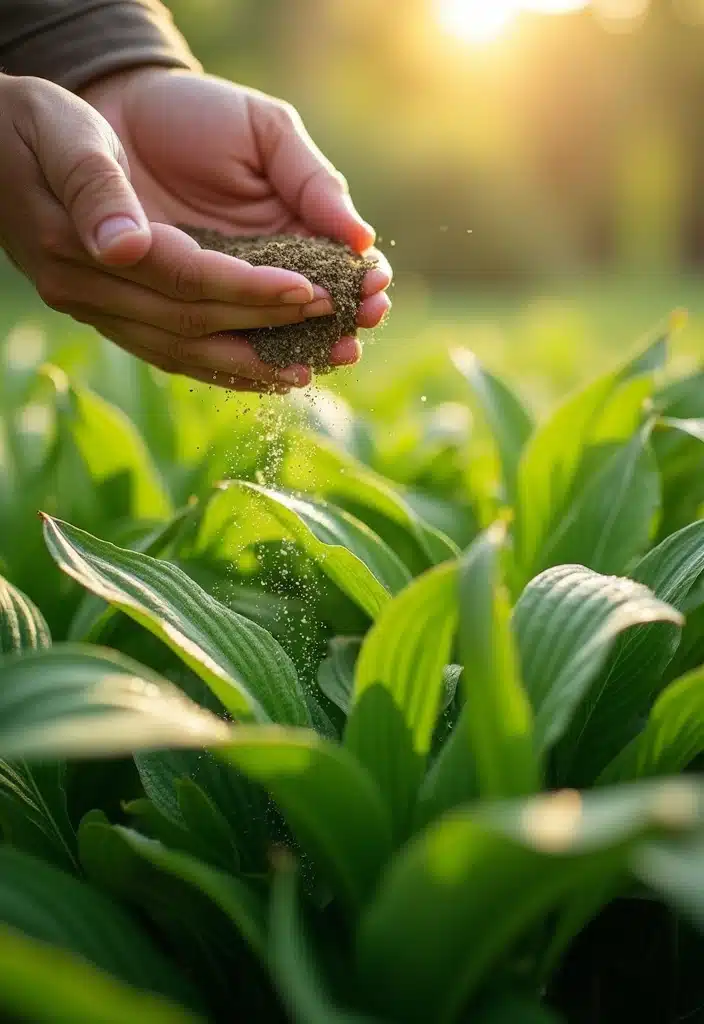
Providing your hostas with the right nutrients is vital for their health and vigor. While hostas don’t demand heavy feeding, a balanced, slow-release fertilizer like Osmocote Smart-Release Plant Food Plus can work wonders, especially in spring as they come into growth. This product contains 11 essential nutrients that support overall growth, making it an excellent choice for your hostas.
Applying fertilizer too early or too late can lead to poor results, so aim for application at the beginning of their growing season. Additionally, be cautious not to over-fertilize, as this can burn the roots and lead to unhealthy plants. A light sprinkle around the base usually suffices.
Consider using organic options such as Organic Instant Compost Tea for a gentle nutrient boost. This probiotic plant food enhances growth by converting amino acids, providing a microbial formula that’s safe for all gardening types.
Another alternative is Fish Emulsion Fertilizer. This 5-1-1 concentrate is rich in nutrients and helps support healthy foliage without the risk of burning the roots.
Fertilizing tips:
– Follow package instructions carefully regarding amounts and timing.
– Water after fertilizing to help the nutrients absorb into the soil.
With the right feeding strategy and these helpful products, your hostas will show off their best foliage in no time!
5. Protect from Pests
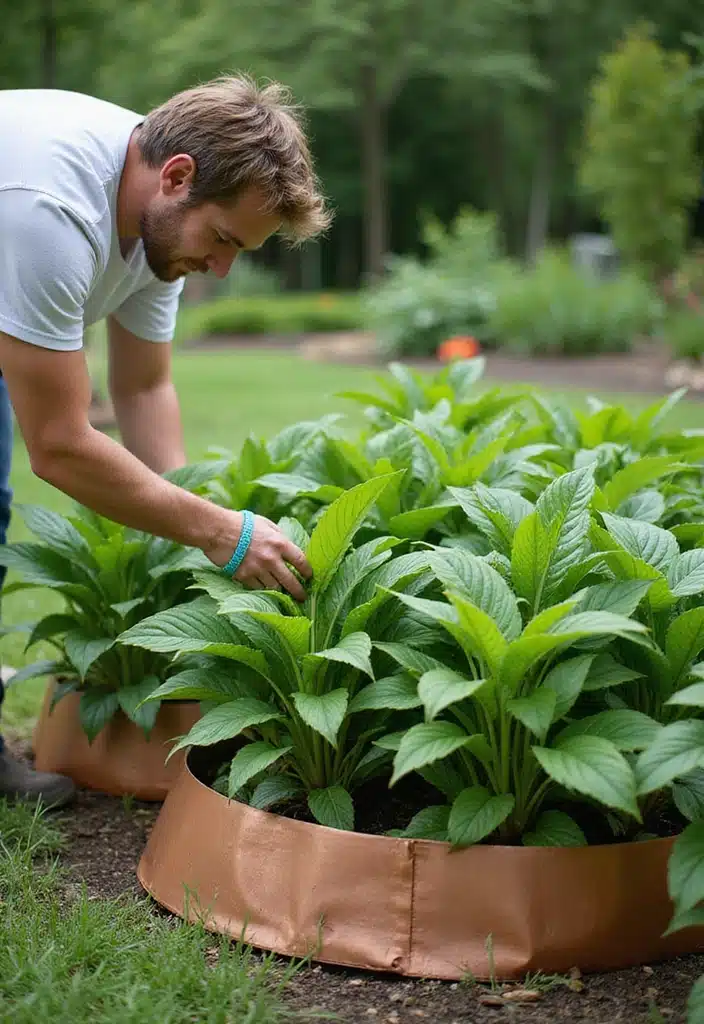
Hostas are often a favorite target for pests, particularly slugs and snails, which can cause significant damage. To protect your beloved plants, it’s important to implement preventative measures. One effective strategy is to create barriers around your hostas—using copper tape for pest control or crushed eggshells can deter these slimy invaders.
In addition, consider introducing beneficial insects like ladybugs or lacewings to help keep pest numbers in check. You can easily purchase beneficial insects (ladybugs or lacewings) in bulk, ensuring that your garden has a natural defense against unwanted munchers. If you do find visible damage, hand-picking slugs and snails in the early evening can be surprisingly effective. Keeping your garden tidy is also essential, as debris can serve as hiding spots for them.
For added protection, organic insecticidal soap can be utilized when necessary to manage pest populations without harming beneficial insects. Regularly inspecting your plants for signs of damage and maintaining good air circulation around hostas will also help prevent fungal diseases.
With proactive pest control, your hostas can thrive without the threat of unwanted munchers!
6. Pruning and Trimming Techniques
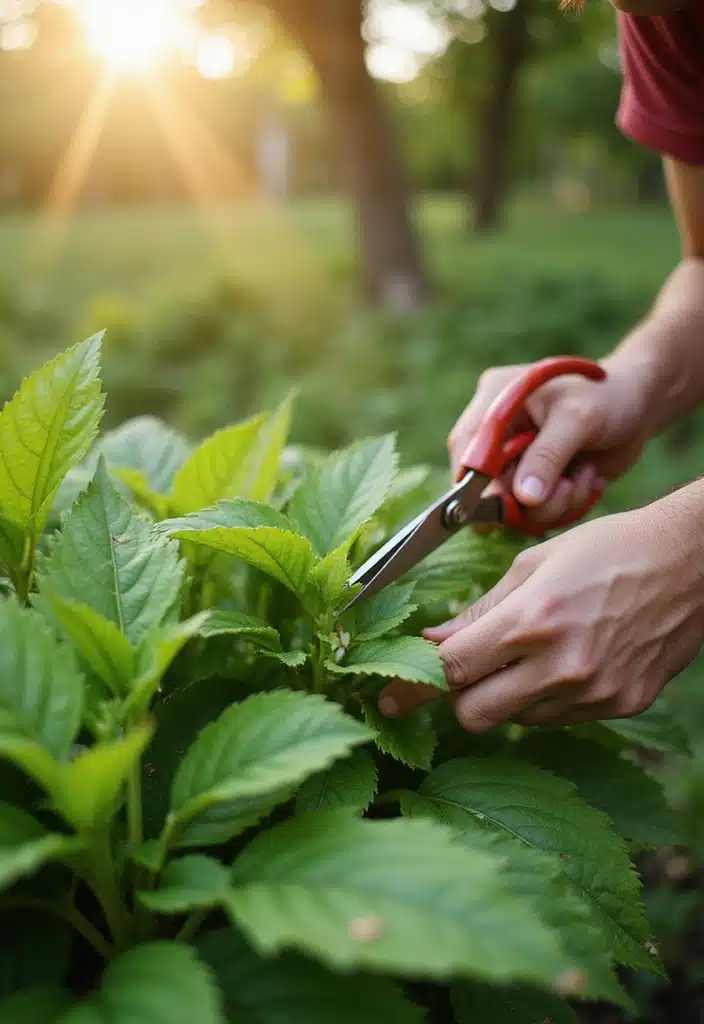
Pruning your hostas is about more than just appearance—it’s essential for their health too. Dead or yellowing leaves can detract from their lush display and may invite pests or diseases. As the growing season progresses, keep an eye out for any leaves that have seen better days.
Using clean, sharp tools is crucial for effective pruning. Consider investing in Fiskars bypass pruning shears, which have a 5/8-inch cut capacity and a sharp, rust-resistant steel blade, making them perfect for trimming away unwanted foliage at the base. Late spring or early summer is the best time for this task. Additionally, pruning can improve air circulation within the plant, reducing the chance of fungal problems.
Here are some handy pruning tips:
– Always clean your tools before and after use to prevent cross-contamination. A gardening tool cleaning kit can be a great investment for maintaining your tools.
– Discard trimmed leaves away from the garden to minimize disease spread. Using garden waste bags can help you dispose of those leaves conveniently and efficiently.
– Consider cutting back foliage in the fall to prepare for the dormant season.
Regularly trimming your hostas will ensure they look their best while promoting their overall health.
7. Seasonal Care Adjustments
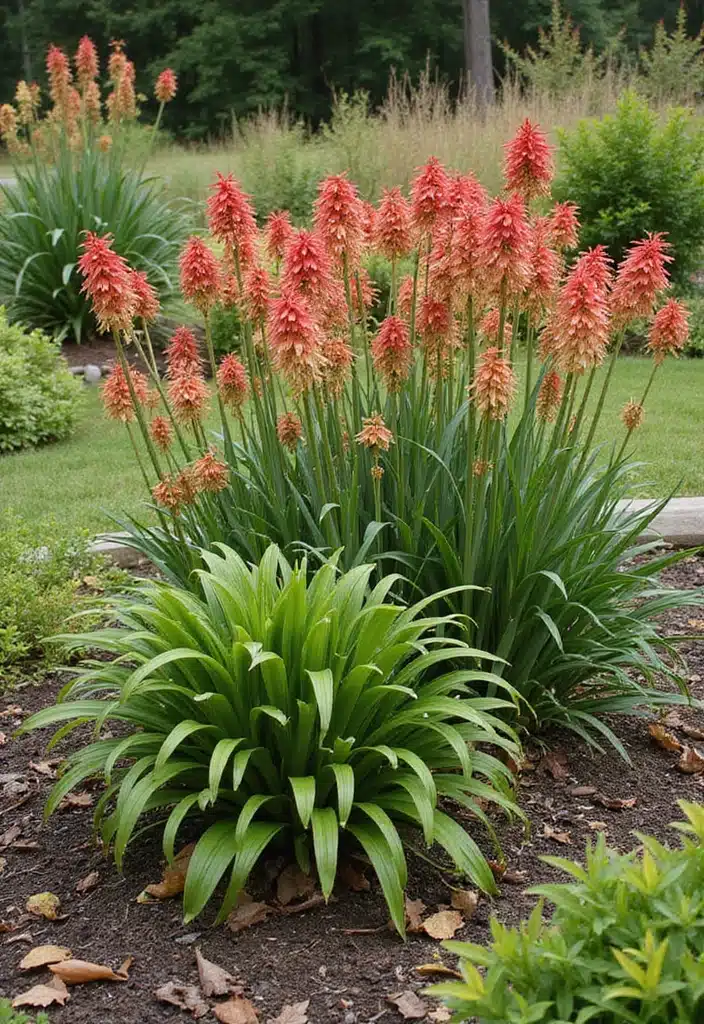
Each season brings its own set of challenges and requirements for your hostas. In spring, focus on cleaning up any debris, adding mulch, and ensuring they are well-fed as they wake from dormancy. For mulch, consider using organic mulch, which not only helps retain moisture but also suppresses weeds, providing a healthy environment for your plants. Additionally, applying soil fertilizer for hostas will give them the nutrients they need to thrive as they emerge from their winter slumber.
Summer might require more attention to watering and pest protection as temperatures rise. Be diligent in monitoring your hostas and adjust watering based on seasonal rainfall and temperature changes.
As fall approaches, begin to prepare your hostas for winter. Cutting back their foliage before the first frost can help prevent disease and pest issues. For this task, a pair of garden pruning shears can make the job easier with their sharp, rust-resistant blades. After trimming, applying a layer of mulch will protect them during the cold months. During winter, check for signs of frost damage and ensure your hostas are insulated.
By keeping a seasonal care calendar to track necessary tasks and being adaptable to their changing needs, your hostas will have a better chance of not just surviving but thriving year-round.
8. Companion Planting
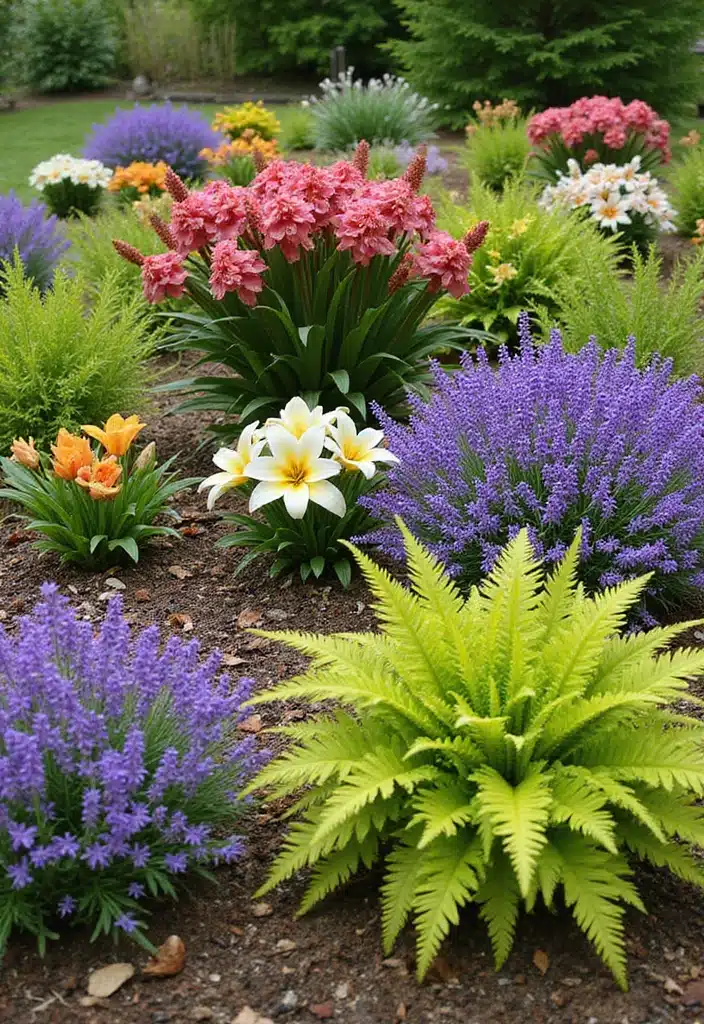
Companion planting is a fantastic way to enhance your garden’s overall health while also boosting your hostas’ growth. Pairing hostas with compatible plants can help deter pests, provide shade, and even improve soil health. Plants like ferns, astilbes, and daylilies can thrive alongside hostas while creating a visually stunning display.
These companions can provide extra moisture retention and minimize weed growth, allowing your hostas to better access nutrients. Additionally, choosing varieties that bloom at different times will ensure a continuous show of color in your garden. To effectively plan your companion planting strategy, consider utilizing a helpful resource like the companion planting guide book. This guide can provide insights into which plant varieties thrive in similar growing conditions as your hostas, making it easier for you to create a harmonious garden.
Here are some companion planting tips to keep in mind:
– Research which plant varieties thrive in similar growing conditions as your hostas.
– Avoid planting aggressive species that might outcompete your hostas.
– Layout companion plants in a way that complements the aesthetic of your garden.
Creating a diverse garden with strategic companion planting can foster a thriving environment for your hostas. With the right approach and resources, like the companion planting guide, you can cultivate a beautiful and healthy garden space.
9. Watch for Diseases
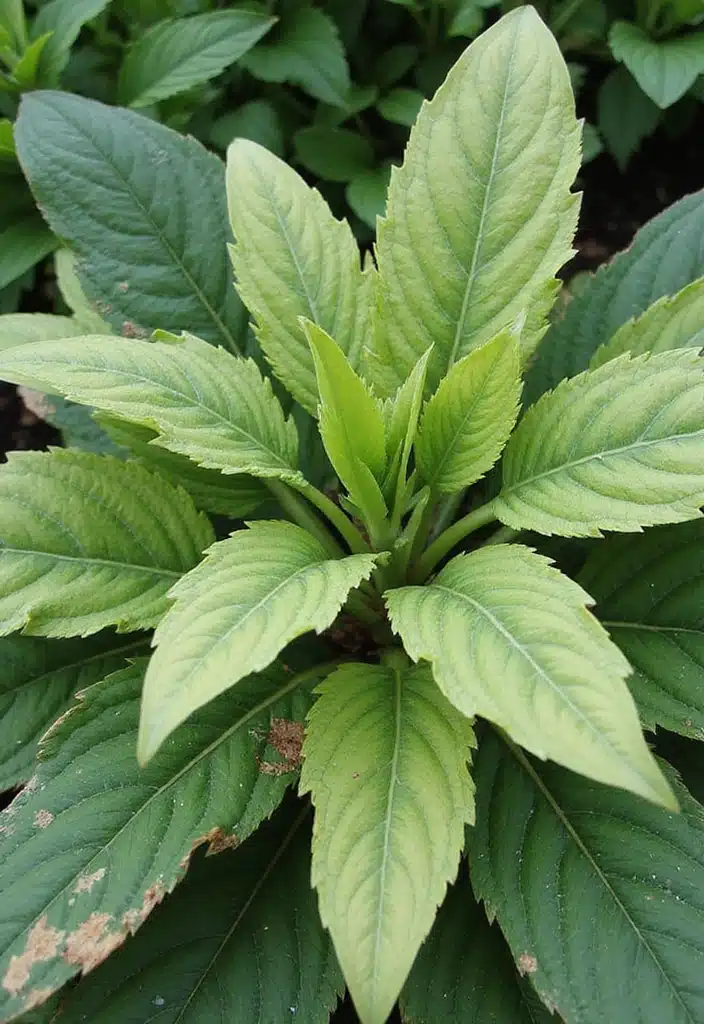
Hostas can be susceptible to specific diseases, such as leaf spot and powdery mildew. Keeping an eye on your plants helps catch these problems early. If you notice discolored spots on leaves or a white powdery coating, act fast to prevent further damage.
Proper spacing between plants, good air circulation, and avoiding overwatering can help prevent many of these issues. Should you notice disease, promptly remove affected leaves and treat with organic fungicides if necessary. A great option is Bonide Captain Jack’s Copper Fungicide, which is designed for organic gardening and controls common diseases effectively. Maintaining overall plant health through proper care will also help to minimize risks.
Disease prevention tips:
– Rotate where you plant hostas each season to prevent recurring diseases.
– Regularly clean up fallen leaves and debris from around the plants.
– Use healthy, disease-free plants when expanding your hosta collection.
By vigilant monitoring and prompt action, you can protect your hostas from disease and keep them thriving.
10. Embrace Diversity in Varieties
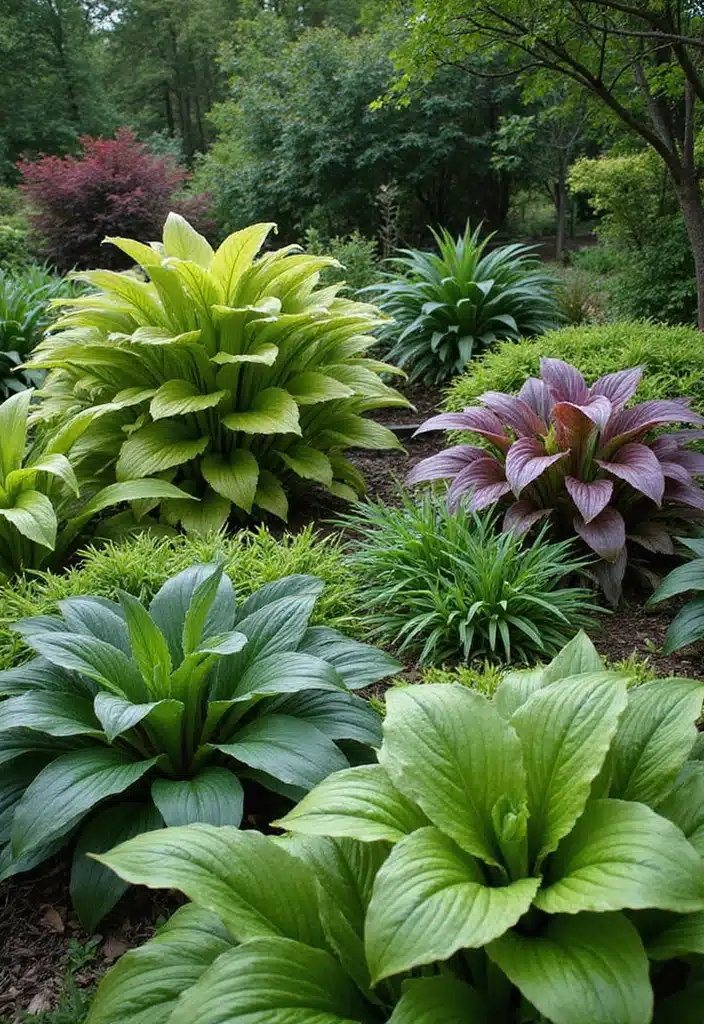
Lastly, embracing the diversity of hosta varieties can be a delightful way to enhance your garden’s appeal. With such a wide range of sizes, colors, and leaf shapes available, mixing different types can create a stunning effect. From classic green to striking blue and even yellow-flecked varieties, there’s a hosta for every garden aesthetic.
When planting, consider the growing conditions of each variety. Some may thrive in shade while others can tolerate more sun. Grouping hostas with similar light and moisture preferences can maximize their growth potential. Plus, the visual contrast of different styles adds character and vibrancy to your garden.
To keep your garden organized and beautiful, you might find plant labels incredibly useful. These waterproof garden markers allow you to easily identify the different hosta varieties you’ve planted, ensuring you can track their growth and care effectively.
Also, consider investing in a garden trowel set, which includes essential tools like a trowel, transplanter, and cultivator. These tools will help you plant and arrange your diverse hostas with ease, allowing for precise planting and maintenance.
Lastly, don’t forget to protect your hands while working in the garden. A pair of gardening gloves ensures that you can comfortably handle soil and plants without worrying about dirt or scrapes.
Diversity tips:
– Visit local nurseries or garden shows to discover unique varieties.
– Take notes on which varieties perform best in your specific conditions.
– Share your most loved hostas with fellow gardening enthusiasts!
A diverse hosta garden not only enhances your landscape but also provides a fascinating exploration of nature’s beauty.
Conclusion
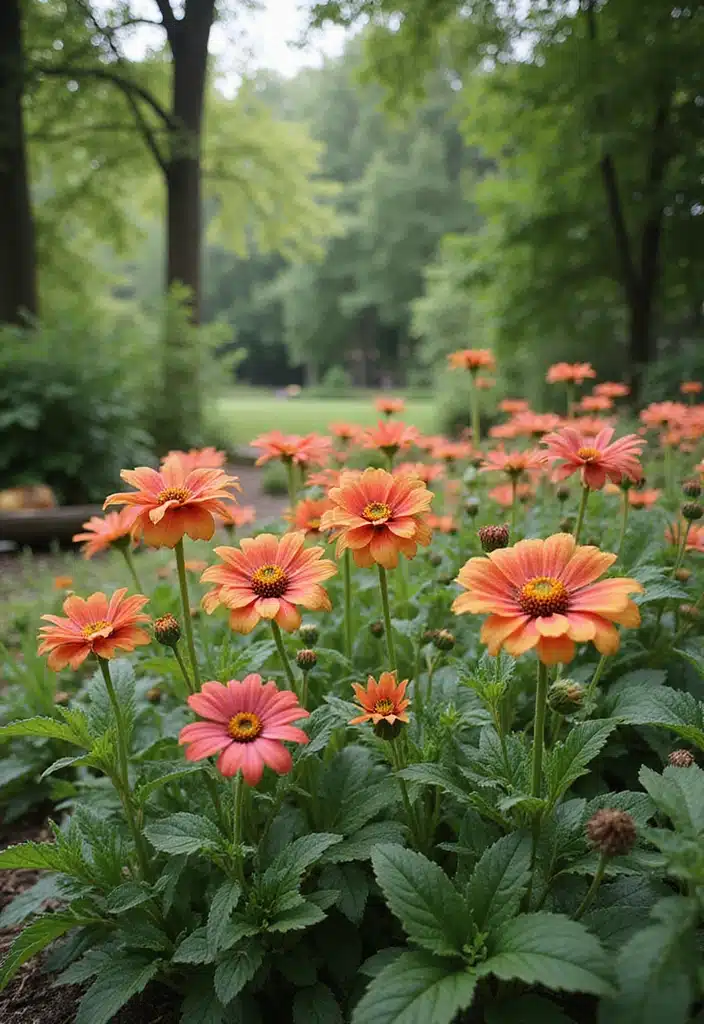
Caring for hostas may seem daunting, but with these essential tips, you’re well on your way to cultivating a thriving garden. From choosing the right location to watching for diseases, each step plays a vital role in the health of your plants. Embrace seasonal care adjustments and don’t hesitate to experiment with different varieties for a stunning display.
With a bit of love and attention, your hostas can truly shine, becoming the stars of your garden. Happy gardening!
Note: We aim to provide accurate product links, but some may occasionally expire or become unavailable. If this happens, please search directly on Amazon for the product or a suitable alternative.
This post contains Amazon affiliate links, meaning I may earn a small commission if you purchase through my links, at no extra cost to you.


